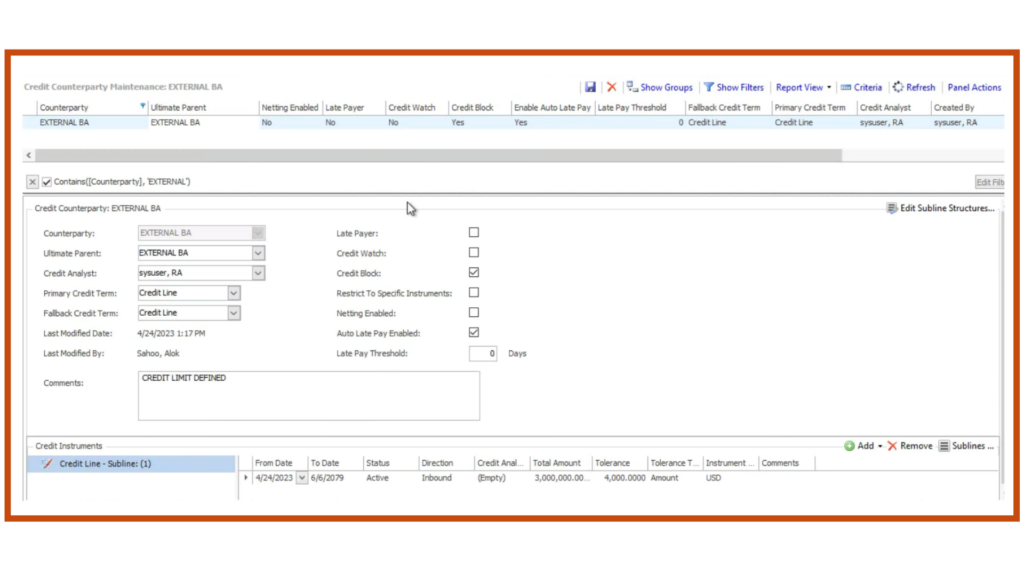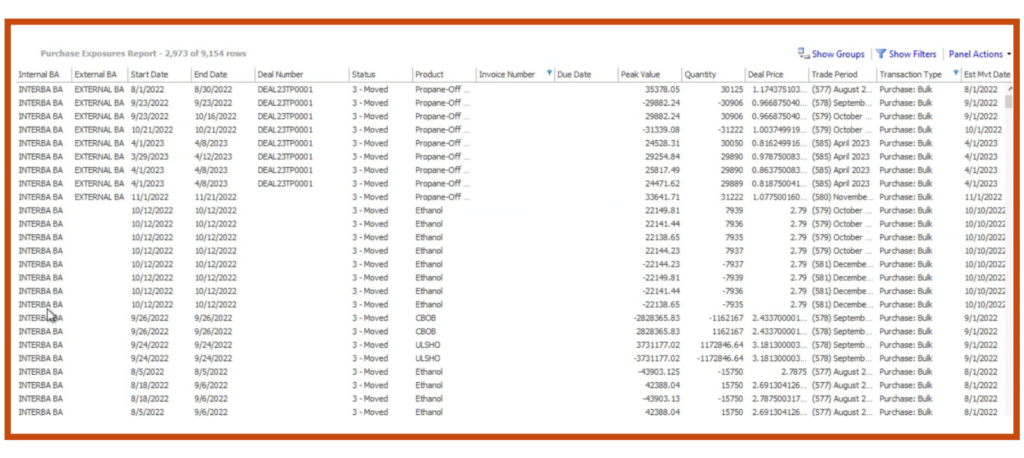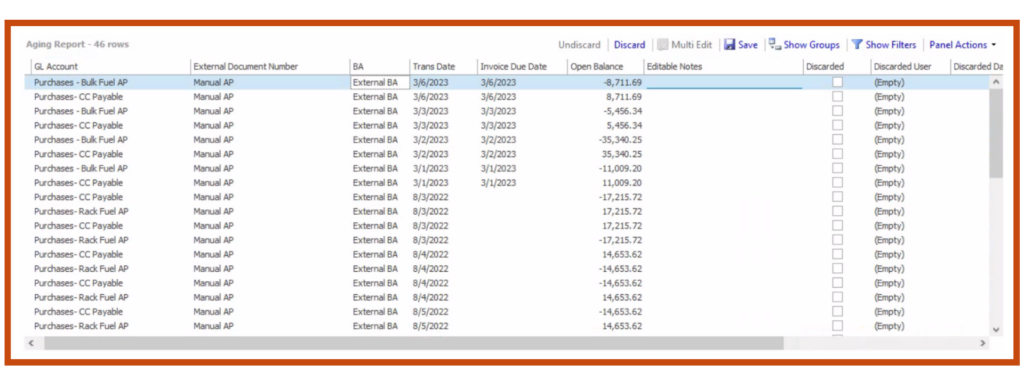Understanding and Managing the Complex Challenges of Credit Risk
Credit Risk is associated with the risk of a loss occurring due to the failure of any counterparty to abide by the conditions of a financial contract. Credit risk generally occurs due to the deteriorated financial condition of the counterparty. Failure to mitigate credit risk can disrupt the cash flows of the lending party and ultimately, take a toll on the organization’s finances.
Value Creed helps its business users better manage credit risk and presents an opportunity to greatly improve overall performance and secure a competitive advantage.
Credit Risk in the Energy Sector
Credit risk has a huge impact on the energy sector and, following the credit crunch, more sophisticated methods of measuring, monitoring, and managing credit and related risks is now the norm. Four challenges arose as a result of this shift.
Energy Supplier Logistics Risks
Sunk Costs and Overhead
Dwindling Margins
Unpredictability of Demand
Energy companies have become more aware of the contributors to and issues surrounding credit risk management functions:

Analytics
Internal evaluation aimed at workflow improvements
Benchmarking
External scoring still important, but other metrics have emerged

Sophistication
Standardization of credit worthiness and exposures all along the value chain

Focus
Credit risk concerns are garnering more executive scrutiny and becoming more strategic

Tangential Risk
Margining and increased collateral demands have shifted risk to other areas

Clearing
Compulsory clearing places greater emphasis on cash requirements and liquidity management.
Credit Risk Management in RightAngle
Credit Center provides information about a counterparty’s Total Available Credit versus its Total Exposures at any given time. The configurable tools and editable reports in Credit Center aid customers in regulating and managing trading activity with their counterparty. Credit Center reports provide insights that allow customers to predict future exposures and available credit so they can manage current exposures and available credit.
Credit Center allows customers to capture credit instruments for secured and unsecured allocation of credit and blanket instruments as well those specified by deal, deal detail, order, and movement. Credit Center supports RightAngle’s core credit instruments:

Credit Line

Prepayment

General Authorization

Bond

Letter of Credit

Promissory Note

Gurantee
Value Creed's Approach to Credit Risk Management
Value Creed’s SMEs have worked on various such configurations and customizations in RightAngle Credit Life Cycle:
Counterparty Credit Maintenance | Assisting the Credit analysts in setting up the different reference data like Counterparty Credit information which includes defining different instruments and limits. |
|---|
Designing custom workflows that integrate RightAngle’s available cash and cash release functionalities with External Accounting/Payment applications, for example, SAP, JDEdwards, Kyriba, etc. This is done to automate cash management and payment tracking in RightAngle to achieve real-time credit updates.
Credit management workflows are customized to integrate with custom Cash Maintenance and Aging reports to enable real-time updates in Credit Exposure for Counterparties. As per business requirements, several custom reports are built on top of the out-of-the-box reports, which helps accurate and simpler data analysis and reconciliation.
Credit Exposure Report | A customized credit exposure report is built on top of the core report. This customization is done to process the real-time interfaced data related to payment information feeding in from external applications and display the updated counterparty exposure. |
|---|
Purchase Exposure Report | The custom Purchase Exposure Report is built using the invoicing and payment data generated by the customized interfaces and workflows to calculate real-time exposures. This helps to track the credit exposure and take an informed decision whenever any changes in Deal Quantity, Price, Scheduling dates, etc. are made. |
|---|
Aging Report | Similarly, Aging Reports are customized to track open balances, and due dates and update credit exposure whenever the payment due dates are breached. |
|---|
Value Creed’s risk management services for RightAngle ensure the platform delivers all the functionality companies need to generate full transparency so they can make informed decisions to protect themselves while maximizing profits. This necessitates customizations in the RightAngle core Credit and Cash Application workflows, which are designed and developed based on the client’s business needs.





